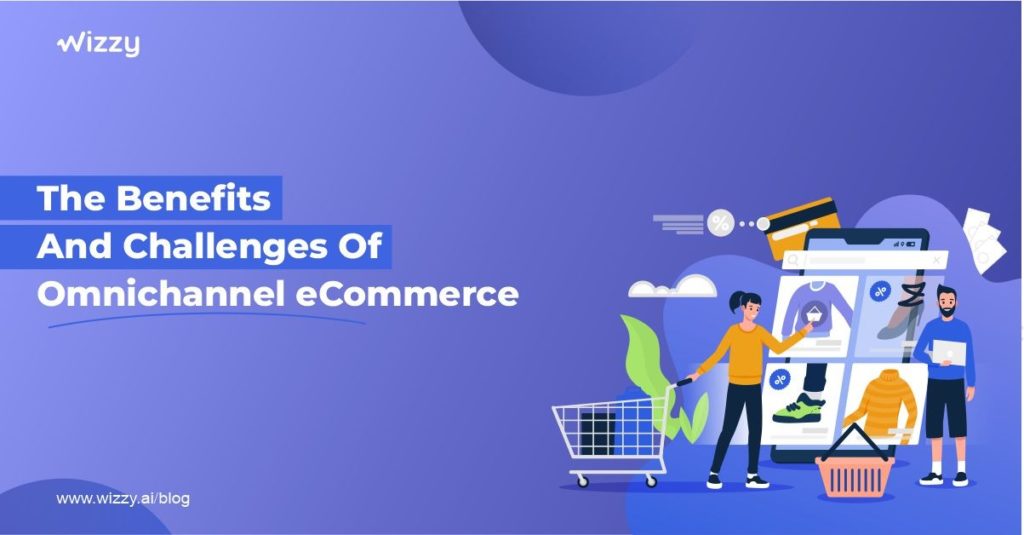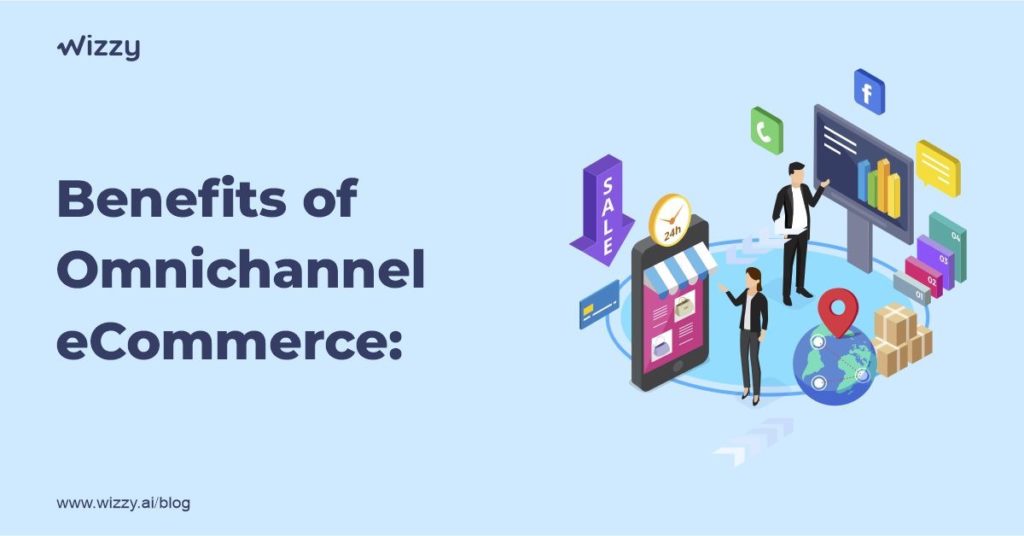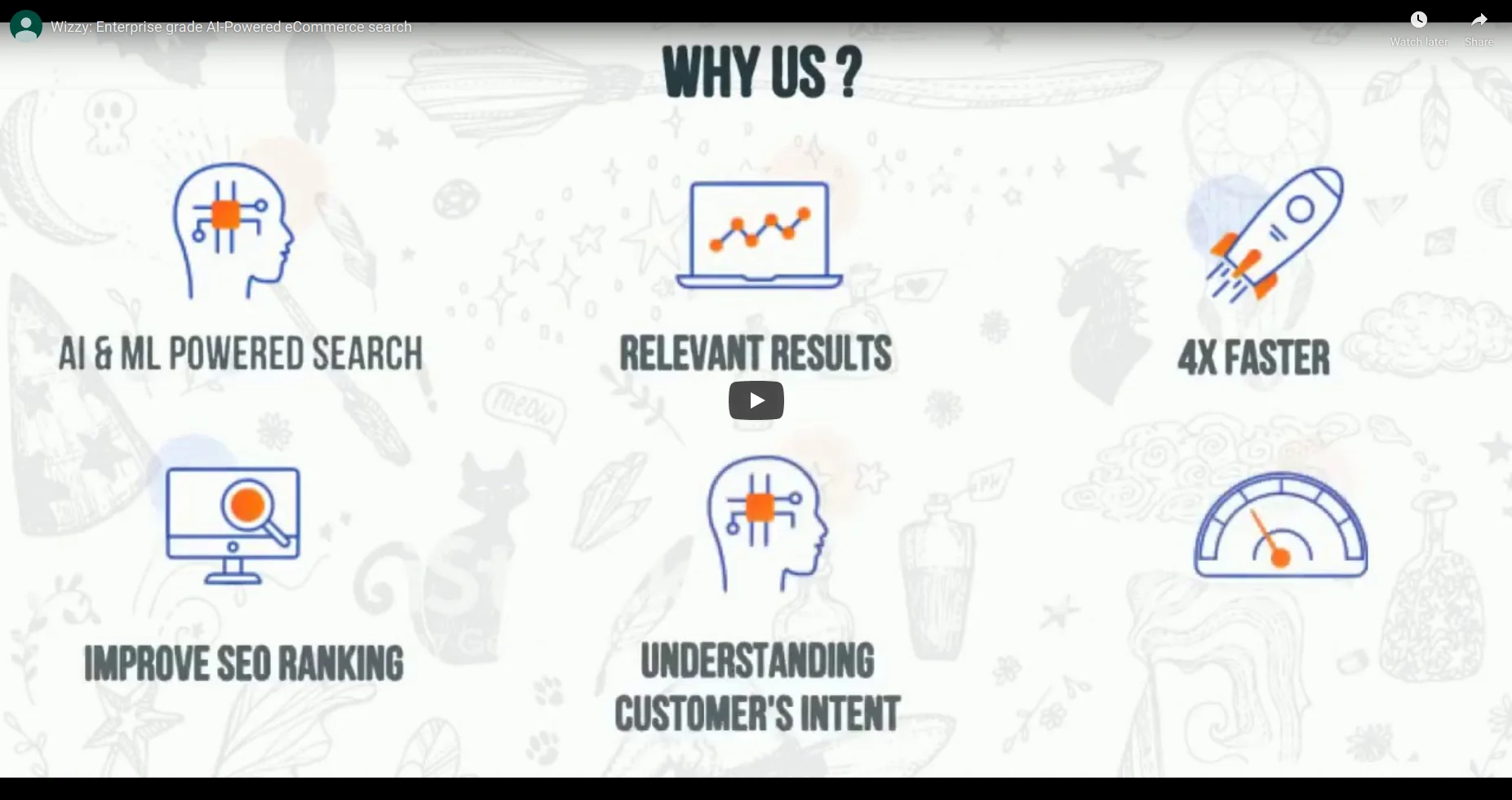In today’s digital world, eCommerce has become a dominant force in the retail industry. With the ever-evolving landscape of consumer preferences and technological advancements, businesses need to adapt and optimize their online presence to stay ahead of the competition. One approach that has gained significant traction in recent years is omnichannel eCommerce. In this blog, we will explore the benefits and challenges of omnichannel eCommerce and how it can impact businesses.
First, let’s understand what omnichannel eCommerce is. Omnichannel eCommerce refers to the seamless integration of multiple channels, such as online stores, mobile apps, social media, marketplaces, and brick-and-mortar stores, to create a unified shopping experience for customers. It aims to provide customers with a consistent and personalized shopping experience across all touchpoints, whether they are shopping online or offline. The idea is to break down the barriers between channels and allow customers to shop wherever and whenever they want, while businesses can leverage data and insights from different channels to optimize their operations and drive growth.
Now, let’s delve into the benefits of omnichannel eCommerce for businesses.
Benefits of Omnichannel eCommerce:

- Enhanced Customer Experience:
One of the significant benefits of omnichannel eCommerce is the ability to provide an enhanced customer experience. Customers can shop anytime, anywhere, and from any device, which gives them the flexibility to choose their preferred channel. They can start their shopping journey on one channel, such as browsing products on a mobile app, and complete the purchase on another channel, such as a desktop website or in-store. This seamless integration across channels allows customers to have a consistent and personalized experience, leading to increased customer satisfaction and loyalty. - Increased Sales and Revenue:
Omnichannel eCommerce can drive increased sales and revenue for retailers. By providing customers with multiple channels to shop from, retailers can capture sales from different touchpoints in the customer journey. For example, customers may browse products on social media, research on a website, and make a purchase in-store. This multi-channel approach expands the sales opportunities and helps retailers reach a wider audience. Moreover, omnichannel retailers can leverage data from various channels to understand customer behavior, preferences, and purchase patterns, which can be used to deliver targeted promotions and personalized recommendations, leading to higher conversion rates and average order value. - Improved Inventory Management:
Another benefit of omnichannel eCommerce is improved inventory management. With a centralized inventory system, retailers can have real-time visibility into their inventory across all channels. This enables them to optimize their inventory levels, reduce overstock and stockouts, and fulfill orders more efficiently. For example, if a product is out of stock in a physical store, a retailer can use the inventory data from other channels to locate the nearest store or warehouse with stock and fulfill the order from there. This helps in avoiding lost sales due to stockouts and provides customers with a seamless shopping experience. - Higher Customer Engagement:
Omnichannel eCommerce also offers higher customer engagement opportunities. Through various channels, retailers can engage with customers at different touchpoints of their shopping journey, such as browsing, researching, purchasing, and post-purchase. For example, retailers can use social media to showcase new products, run contests, and interact with customers in real-time. Email and SMS marketing can be used to send personalized offers and promotions based on customer preferences and behaviors. In-store events, such as product demonstrations or workshops, can be used to create a memorable shopping experience for customers. All these engagement opportunities help in building brand loyalty and customer retention. - Competitive Advantage:
Embracing omnichannel eCommerce can also give retailers a competitive advantage in the crowded eCommerce landscape. With consumers expecting a seamless and integrated shopping experience, retailers that offer omnichannel capabilities are more likely to attract and retain customers compared to those that are limited to a single channel. Moreover, as more consumers adopt omnichannel shopping habits, retailers that do not offer a multi-channel experience may risk losing customers to competitors who do. By staying ahead of the curve and providing customers with the flexibility to shop from their preferred channels, retailers can gain a competitive edge and differentiate themselves in the market.
Challenges of Omnichannel eCommerce:

- Channel Consistency:
Maintaining consistent branding, messaging, and customer experience across various channels can be a significant challenge in omnichannel eCommerce. Each channel may have its unique requirements, such as different content formats, varying user interfaces, and distinct customer expectations. Ensuring that the brand identity, messaging, and overall experience are consistent across all channels can be time-consuming and complex. - Data Integration:
Omnichannel eCommerce relies heavily on data, as it involves the collection and analysis of customer data from multiple sources, including online and offline channels. However, integrating data from various sources can be a significant challenge due to differences in data formats, systems, and platforms used by different channels. The lack of data integration can result in fragmented customer information and hinder the ability to gain a unified view of the customer. - Inventory Management: Managing inventory can be complex in an omnichannel eCommerce environment, as it involves coordinating inventory levels across multiple channels, including online and offline stores. Overstocking or understocking inventory can result in lost sales or increased costs. Achieving accurate inventory visibility and management across channels can be challenging, as it requires real-time data and efficient coordination between different channel.
- Order Fulfillment: Fulfilling customer orders in an omnichannel eCommerce environment can be complex, as it involves coordinating inventory, shipping, and delivery across multiple channels. Customers expect a seamless and consistent order fulfillment experience regardless of the channel they use, and any delay or discrepancy can result in customer dissatisfaction.
- Customer Experience: Delivering a consistent and personalized customer experience across all channels can be challenging in an omnichannel eCommerce environment. Customers expect a seamless and frictionless experience, regardless of the channel they use, and any inconsistency or inconvenience can result in customer churn.
In conclusion, omnichannel eCommerce presents significant benefits and challenges for businesses. On the positive side, it allows for seamless integration of online and offline sales channels, providing customers with a consistent and convenient shopping experience. It also enables businesses to reach a wider customer base and increase sales potential. Additionally, it provides valuable data insights for businesses to optimize their operations and make informed decisions.
However, omnichannel eCommerce also comes with challenges. It requires businesses to invest in robust technology infrastructure and logistics capabilities to support multiple channels effectively. It also demands effective inventory management to prevent stock outs or overstocks. Moreover, ensuring consistent branding and customer experience across various channels can be complex. Lastly, managing customer data privacy and security across multiple channels can be challenging, requiring businesses to prioritize data protection.



